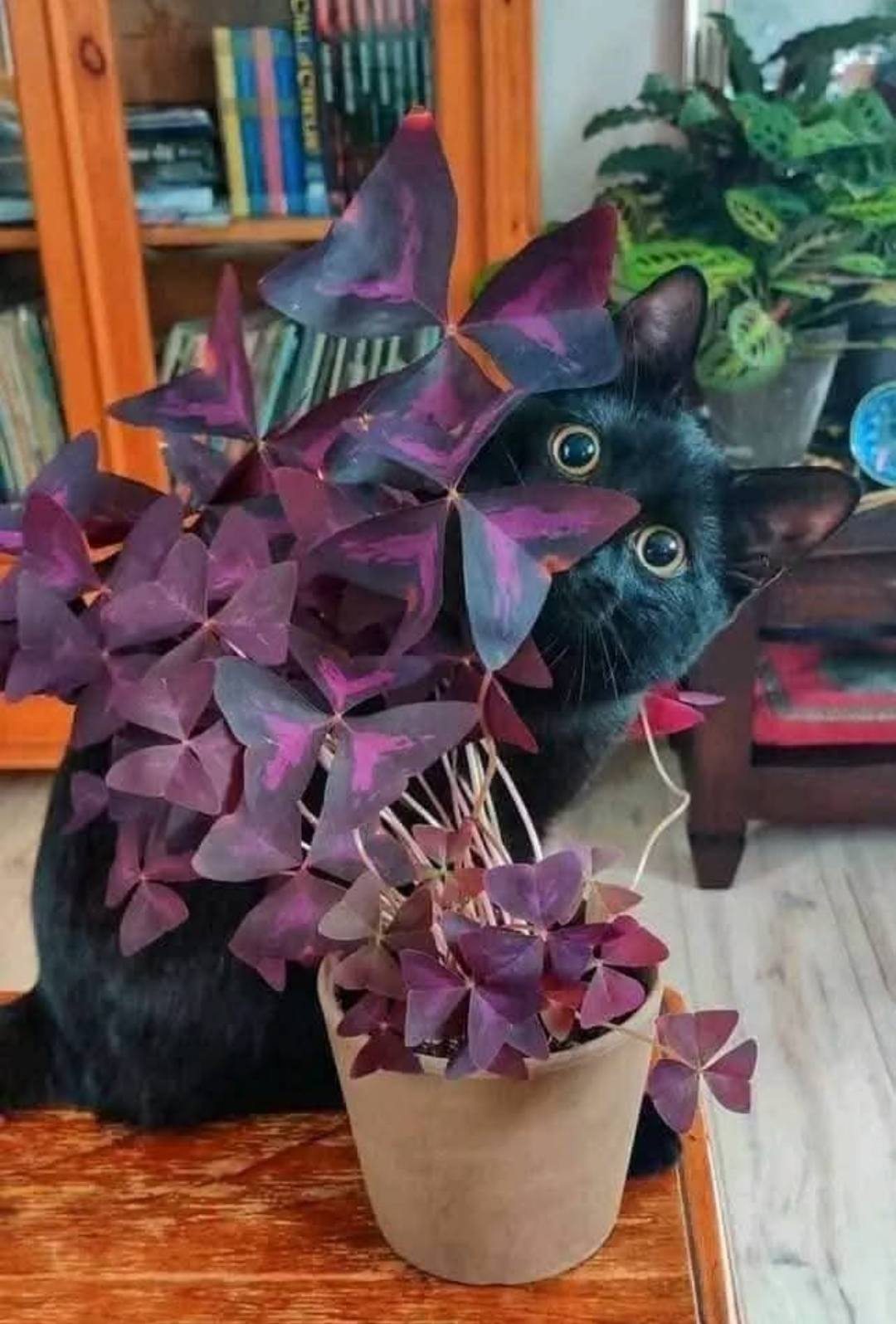The Enchanted Coat: A Story of the Tortoiseshell Cat


The Enchanted Coat: A Story of the Tortoiseshell Cat
With eyes like twin suns and fur painted by nature’s own brush, the cat in the image above is more than a pet—she is a living canvas, a whispered legend, a symbol of mystery, beauty, and resilience. This is not just a story about a cat. This is the story of every tortoiseshell cat who carries an ancient fire in her fur.
Chapter 1: A Glimpse of Living Art
The first time you see a tortoiseshell cat, like the one in the image, it’s hard not to pause and stare. The mix of inky blacks, golden ambers, fiery oranges, and creamy whites isn’t merely fur—it’s a masterpiece. No two tortoiseshell cats are the same. Their coats are mosaics, unpredictable and wild, as if the universe dared to break symmetry and color inside the lines at once.
The cat in the image seems to embody perfection in chaos. Her gaze is focused yet soft, her paws folded with grace, as if posing for a royal portrait. But there’s something deeper too—something ancient in those eyes, something that says: I have stories to tell.
Chapter 2: The Science of Her Coat
Tortoiseshell cats—often affectionately called “torties”—get their unique coloring from genetics. Unlike calico cats (who have distinct patches of white, black, and orange), torties typically have a more blended or “brindled” mix.
What’s fascinating is that the color combination is almost exclusively a female trait. The gene responsible for the orange and black coloring is found on the X chromosome. Since females have two X chromosomes (XX), they can carry both the black and orange coat colors. Males, with only one X and one Y (XY), typically express only one color—unless a rare genetic anomaly (like Klinefelter Syndrome) causes them to have an extra X chromosome (XXY).
This makes male tortoiseshell cats incredibly rare—estimated at 1 in 3,000 torties.
So when you see a tortie like the one in the image, you’re looking at not only a visual marvel but a genetic wonder.
Chapter 3: The Myths and Legends
Cultures around the world have long held tortoiseshell cats in high esteem, often believing them to bring good luck, ward off evil, or even possess mystical abilities.
In Japan, tortoiseshell cats are considered to be good luck charms. Fishermen’s wives would often keep a tortie at home, believing the cat would protect their husbands at sea. In Irish folklore, if you dreamed of a tortoiseshell cat, it meant good fortune was on the horizon.
Southeast Asian myths sometimes refer to torties as “money cats” due to the belief that their presence attracts wealth.
And in the United States, torties are often seen as symbols of strong-willed independence and fiery spirit—matching their colorful coats with even more colorful personalities.
One popular superstition goes: if a tortoiseshell cat appears in your life, she didn’t just choose you—you were chosen.
Chapter 4: A Personality to Match
People often ask: do tortoiseshell cats have a particular temperament?
The answer from many cat lovers is a resounding “yes”—though it’s more anecdotal than scientific. Many tortie owners report their cats being unusually expressive, bold, stubborn, affectionate, and intelligent. This phenomenon has even earned a name: “tortitude.”
Tortitude isn’t just sass—it’s a complex mix of assertiveness, emotional intelligence, and drama. A tortie may rub against your legs sweetly one moment, then meow indignantly when you stop petting her the next.
But this unpredictability is what makes them so beloved.
They’re not just pets—they’re personalities.
Chapter 5: The Cat in the Image
Let’s return to the cat in the image. Her expression is a portrait of calm curiosity. The blaze of orange running across her forehead is like a comet streaking through a midnight sky. Her fur is a perfect blend of contrast and harmony—a living duality of fire and shadow.
Imagine her life.
She’s likely one who enjoys choosing her spots wisely—on warm sunlit rocks or cool stone ledges. She watches the world not with fear but with contemplation. She is the kind of cat who might bring you a mouse, not because she has to, but because she thinks you deserve a trophy.
She may come when you call—or not. She might sleep on your lap—or your laptop. She sets the terms of affection. And when she curls up beside you, it feels like a sacred gift.
Chapter 6: Tortoiseshells in Art and Literature
Throughout history, tortoiseshell cats have inspired more than just admiration—they’ve fueled creativity. From paintings and poetry to social media trends, these cats have earned their place as muses.
The poet Pablo Neruda once said, “I love the cat because it is a slow storm.” If he had known a tortie, he might have added, “And sometimes, a wildfire.”
Many authors and artists have used the tortoiseshell cat as a metaphor for femininity, rebellion, magic, and wild beauty.
In modern times, tortoiseshell cats have gained fame on platforms like Instagram and TikTok. Their dramatic expressions, striking colors, and strong personalities make them social media darlings. Some even become viral sensations with names like Venus, the “two-faced” tortie with a perfectly split face.
And yet, each tortie is still an original. Just like snowflakes, no two tortoiseshell patterns are identical.
Chapter 7: A Cat Who Teaches Us
The tortoiseshell cat doesn’t try to be different. She simply is.
And in that effortless individuality lies a powerful lesson: to be unapologetically yourself.
She doesn’t mold herself to fit expectations. She demands love on her own terms. She isn’t afraid of being misunderstood. And perhaps most importantly—she knows her worth.
In a world that often pressures us to conform, to blend in, or to tone down, the tortie tells us to be loud in color, bold in presence, and confident in our own skin (or fur).
She reminds us that complexity is beautiful.
Chapter 8: Living with a Tortie
Bringing a tortoiseshell cat into your home means embracing the unexpected. It means learning to listen without words, to read the flick of a tail or the narrowing of eyes. It means building trust slowly and celebrating the moments when that trust is returned.
Torties are often known to bond deeply with one or two humans. Once you’ve earned a tortie’s affection, it’s an unshakable bond—loyal, fierce, and comforting.
They may not always be lap cats. But when they do choose your lap, it feels like winning the lottery.
Living with a tortie also means laughter. Whether it’s the way she “talks back” with chirps and meows, or how she dramatically bats away a toy mouse like it’s a personal insult, her charisma fills the room.
And when she stares at you with those deep, golden eyes—like the cat in the image—it feels like she’s looking into your soul.
Chapter 9: Final Thoughts—A Celebration of Difference
The tortoiseshell cat is nature’s rebellion against sameness. She is chaos and elegance blended in harmony. She is fire and silence, independence and affection.
The cat in the image may never know that her face has inspired awe across the world. She might simply stretch out in the sun and blink at the breeze. But in that quiet moment, she carries centuries of myth, beauty, and resilience in every strand of her fur.
To see her is to be reminded that life doesn’t have to be neat to be meaningful. That beauty isn’t about perfection—but about authenticity. That sometimes, the most magical things come wrapped in fur and whiskers, with eyes like gold and a voice like wind.
So next time you see a tortoiseshell cat, remember: you’re not just looking at a pet.
You’re witnessing a living legend.











